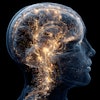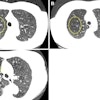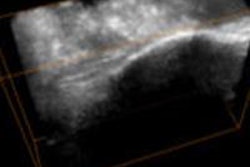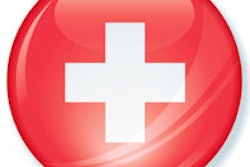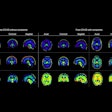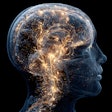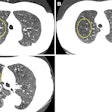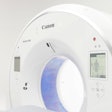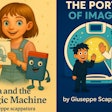Dear AuntMinnieEurope Member,
Anybody who thought the concerns over gadolinium-based contrast agents were a thing of the past may want to reconsider their stance, following the U.S. Food and Drug Administration's announcement last month.
In an impeccably timed publication, U.K. researchers have revisited the topic and looked at how to optimize the use of these agents. To find out more, go to the MRI Community, or click here.
As kids, most of us have hitched a ride on the back of a bike, and although it may seem like harmless fun, new evidence shows the activity causes a lot of injuries. At one hospital in Amsterdam, doctors saw 320 children with bicycle spoke injuries over a five-year period. Furthermore, until now there has been no agreed upon strategy for imaging these patients. Learn more in our Digital X-Ray Community, or click here.
And while we're on the subject of bicycle injuries, make sure you check out our Case of the Week, which features a 72-year-old woman with knee effusion and pain after a bike accident.
In trauma care, CT has become essential for evaluating acute intra-abdominal hemorrhage because it allows for rapid acquisitions, multiplanar reconstructions, and multiphasic acquisitions. At the 2015 congress of the European Society of Musculoskeletal Radiology, researchers from Singapore shared their experiences of this field. Get the full details here.
It may be time for radiologists to take more of a back seat when it comes to reading bedside chest x-rays and delegate the task to others, Swiss researchers believe. The team from Zurich has unveiled their findings in Clinical Imaging. For their analysis, go to the Digital X-Ray Community, or click here.


